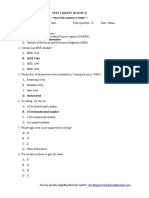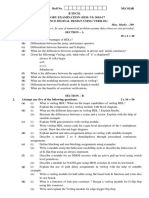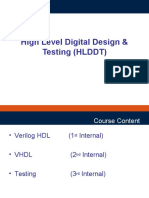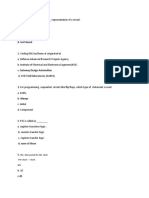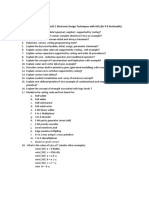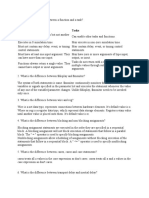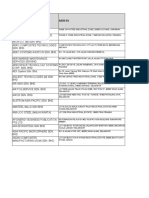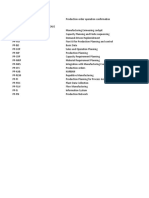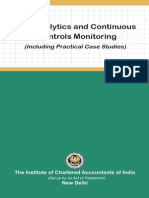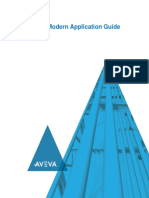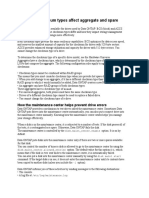0% found this document useful (0 votes)
51 views4 pagesVerilog Test Paper
The document is a Verilog test paper consisting of three sections: MCQs, short answer questions, and problem-solving/design questions. It covers various topics related to Verilog programming, including data types, modeling, and specific coding tasks. The test is designed to assess knowledge and skills in Verilog within a one-hour timeframe for a maximum of 100 marks.
Uploaded by
NehaCopyright
© © All Rights Reserved
We take content rights seriously. If you suspect this is your content, claim it here.
Available Formats
Download as DOCX, PDF, TXT or read online on Scribd
0% found this document useful (0 votes)
51 views4 pagesVerilog Test Paper
The document is a Verilog test paper consisting of three sections: MCQs, short answer questions, and problem-solving/design questions. It covers various topics related to Verilog programming, including data types, modeling, and specific coding tasks. The test is designed to assess knowledge and skills in Verilog within a one-hour timeframe for a maximum of 100 marks.
Uploaded by
NehaCopyright
© © All Rights Reserved
We take content rights seriously. If you suspect this is your content, claim it here.
Available Formats
Download as DOCX, PDF, TXT or read online on Scribd
/ 4

















